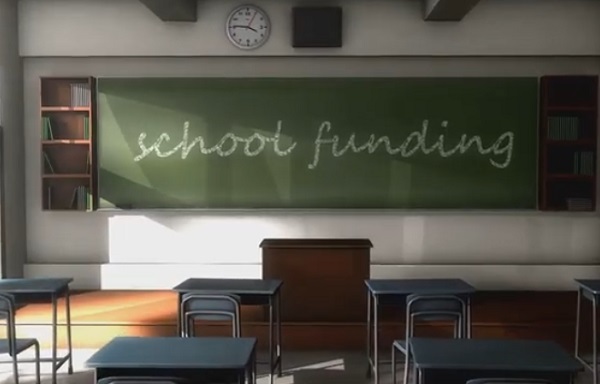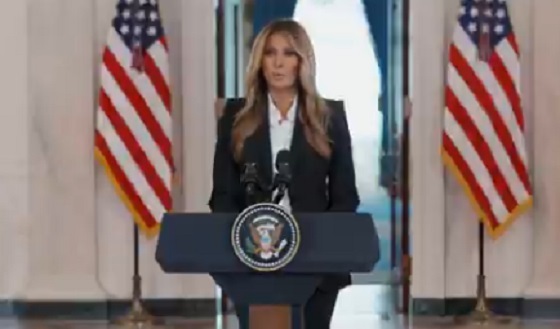Indigenous
Internal emails show Canadian gov’t doubted ‘mass graves’ narrative but went along with it

From LifeSiteNews
Parks Canada employees admitted that ground-penetrating radar results were likely false positives.
Internal emails have revealed that federal workers questioned the residential school narrative as early as 2023, despite gaslighting Canadians who questioned media’s claims.
According to confidential staff emails published by Blacklock’s Reporter on July 4, Parks Canada, the government agency which manages national parks, admitted that claims of hundreds of graves found at an Indian Residential School in Kamloops, British Columbia were unfounded and likely false.
“Authors refer to the 215 ground-penetrating radar hits that were reported in 2021 as ‘graves’ or ‘burials,’” wrote one Parks Canada consultant. “But none of these sites have been investigated further to determine that they are graves.
Like most Canadians, Parks Canada staff initially believed the alleged discovery of 215 so-called “unmarked” graves in Kamloops during the summer of 2021. The story alleged that hundreds of Indigenous children were killed and secretly buried at the residential school.
READ: Canadian councilor punished for denying unproven ‘mass graves’ narrative seeks court review
Canada’s Residential School system was a structure of boarding schools funded by the Canadian government and run by both the Catholic Church and other churches that ran from the late 19th century until the last school closed in 1996.
While some children did tragically die at the once-mandatory boarding schools, evidence has revealed that many of the children passed away as a result of unsanitary conditions due to underfunding by the federal government, not the Catholic Church.
In 2021, Parks Canada hired historians “to help identify any gaps or errors” in the claim of finding 215 unmarked graves before designating the Kamloops Indian Residential School as a historic site.
However, according to their internal emails, Parks Canada discovered that the technology used to discover the “graves” is often misleading and cannot be relied upon.
“Ground-penetrating radar often throws up false positives, anomalies that are not indicative of anything significant,” a consultant wrote. “I suggest that until there is further investigation of the sites at Kamloops the report refer to them as ‘possible graves’ or ‘probable graves’ or ‘likely graves’ rather than ‘graves.’”
As a result, Parks Canada changed their report to list the anomalies as “probable unmarked graves” rather than “unmarked graves.”
“The challenge is that ground-penetrating radar does not provide evidence of potential unmarked graves,” said the staff email. “It provides evidence of anomalies. I am quoting the archaeologists here.”
“Regarding the topic of ground-penetrating radar, I’ve made a suggested revision,” wrote another manager. “It might be preferable to not use the term ‘anomalies’ for now.” Staff were also advised to “stay extra quiet” on the designation of the Residential School as a national historic site.
To date, there have been no mass graves discovered at residential schools. However, following claims blaming the deaths on the Catholic clergy who ran the schools, over 100 churches have been burned or vandalized across Canada in seeming retribution.
READ: Despite claims of 215 ‘unmarked graves,’ no bodies have been found at Canadian residential school
Despite their conclusions, Parks Canada refused to publicly contradict the residential school narrative. On their website discussing the schools, the government agency does not mention the unmarked graves and also fails to debunk the claims of mass unmarked graves.
Furthermore, while the agency internally questioned and doubted the validity of the claims, Canadians who publicly opposed the mainstream narrative were condemned as denialists and often punished.
Despite the lack of physical evidence, in 2022, Canada’s House of Commons under Liberal Prime Minister Justin Trudeau, formalized the controversy and declared the residential school program to be considered a historic act of “genocide.”
Indigenous
Constitutional lawyer calls for ‘false’ claims to end in Canadian residential schools burials
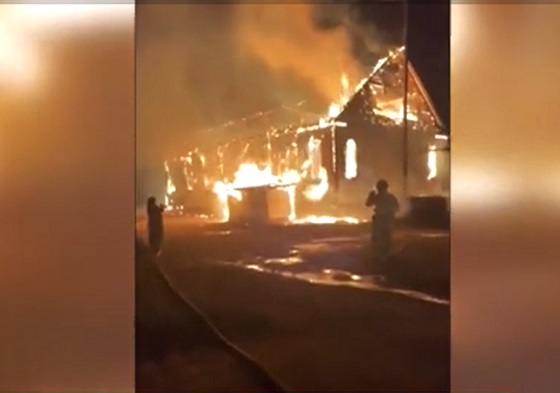
From LifeSiteNews
Justice Centre for Constitutional Freedoms founder John Carpay said unsubstantiated claims foster a hatred that led to churches being destroyed by arson, vandalized and desecrated.
One of Canada’s top constitutional lawyers blasted what he said are “false” and “virtue-signaling” displays of “truth and reconciliation” goals pushed by the federal government and media when it comes to indigenous “land acknowledgments.”
In a recent opinion piece, John Carpay, founder and president of the Justice Centre for Constitutional Freedoms (JCCF), said the “unsubstantiated claim” that thousands of indigenous kids were buried and disregarded by Catholic priests and nuns who ran some Canadian residential schools must be countered.
“Truth and reconciliation are goals worth pursuing,” wrote Carpay, adding, “which is why all Canadians, whether Aboriginal or non-Aboriginal, should not settle for the hypocritical virtue-signaling displayed through land acknowledgments.”
“Nor should we embrace false claims that foster division, or race-based laws that generate strife,” he noted.
In 2021 and 2022, the mainstream media ran with inflammatory and dubious claims that hundreds of children were buried and disregarded by Catholic priests and nuns who ran some Canadian residential schools. The reality is, after four years, there have been no mass graves discovered at residential schools.
However, as the claims went unfounded, since the spring of 2021, over 120 churches, most of them Catholic, many of them on indigenous lands that serve the local population, have been burned to the ground, vandalized, or defiled in Canada.
Carpay observed how the “inflammatory assertion” of the graves claims was based on ground penetrating radar, “which can only locate soil disturbances beneath the ground, and cannot locate human remains.”
He noted that the only way to find out for certain is for “excavation” to take place, to uncover the “truth.”
To date, the reality, as stated by Carpay, is “no field work has been conducted.”
“Rather, this unsubstantiated claim fosters the hatred that was on display when, following the May 2021 allegation, dozens of churches in Canada were burned and destroyed by arson, with dozens more vandalized and desecrated,” he said.
As reported by LifeSiteNews, retired Manitoba judge Brian Giesbrecht said in October 2024 that Canadians are being “deliberately deceived by their own government” after blasting the now former federal government of Justin Trudeau for “actively pursuing” a policy that blames the Catholic Church for the unfounded “deaths and secret burials” of Indigenous children.
Carpay noted how the Department of Crown-Indigenous Relations has “censored all details of what became of” some $12.1 million the k’emlúps te Secwe̓pemc First Nation received to conduct yet to be done excavations.
“This strongly suggests — but does not prove — that the claim about buried bodies is false,” Carpay wrote.
“Do the Tk’emlúps te Secwe̓pemc fear embarrassment and humiliation if an excavation fails to turn up the remains of 215 children? Where is their respect for the taxpayers’ money that was provided to them for a specific purpose? How is this refusal to conduct an excavation helpful to the goal of reconciliation?”
Carpay: ‘True’ reconciliation will only come once laws based on race or ancestry are ‘abolished’
Residential schools, although run by both the Catholic Church and other Christian churches, were mandated and established by the federal government. They were in operation from the late 19th century until the last school closed in 1996.
While some children did tragically die at the once-mandatory boarding schools, evidence has revealed that many of the children passed away as a result of unsanitary conditions due to underfunding by the federal government, not the Catholic Church.
Carpay said the only way for reconciliation among Canadians to happen is if everyone to truly has equal status under the law.
“Ultimately, true reconciliation among Canadians can only be achieved after we have abolished laws that are based on race, ethnicity, ancestry, or descent,” he wrote.
“When some Canadians — based on their ancestry or descent — have special, different, or superior rights, it necessarily leads to friction, strife, and resentment.”
Carpay added that the “best way” to achieve reconciliation is for all “Canadians to pay the same taxes, for all Canadians to have equal access to public spaces, for all Canadians to enjoy the same hunting and fishing opportunities, and for all Canadians to be equal before the law.”
“Anything else is, quite simply, racist,” he added.
Recent polling has shown that over two-thirds of Canadians want some kind of proof of the “unmarked graves” before believing the claims that Indigenous children were secretly murdered and buried at residential schools by Catholic clergy.
Energy
Indigenous Communities Support Pipelines, Why No One Talks About That
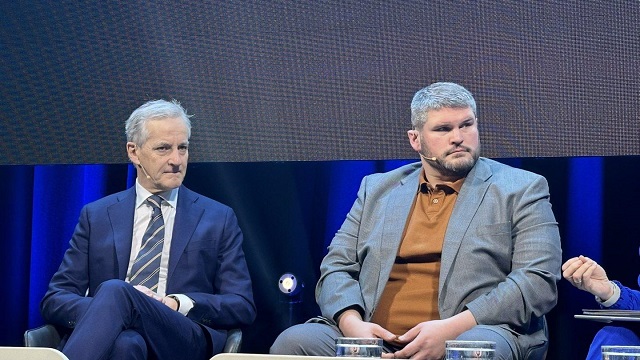
John Desjarlais of the Indigenous Resource Network and Norway PM Jonas Gahr at 2024 Arctic Frontiers Conference
From the Frontier Centre for Public Policy
Many Indigenous communities support pipelines and resource projects—but their voices are often drowned out by noisy activists and media narratives. Engineer and policy expert John Desjarlais, who works closely with First Nations, explains what Indigenous communities actually want and why their perspectives are ignored. Projects like Cedar LNG and Woodfibre LNG show Indigenous leadership and co-governance in action. Natural resources are foundational for Canada—and his vision might surprise you. (45 minutes)
-
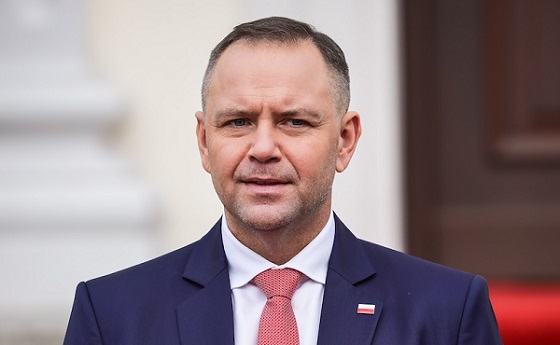
 International12 hours ago
International12 hours agoPoland’s president signs new zero income tax law for parents with two children
-

 Business2 days ago
Business2 days agoCutting Red Tape Could Help Solve Canada’s Doctor Crisis
-

 Business1 day ago
Business1 day agoFederal Budget 2025: A responsible media would ensure Canadians know about the dismal state of federal finance
-
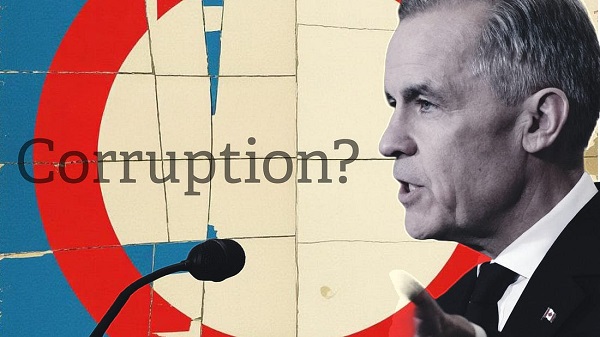
 Business23 hours ago
Business23 hours agoEthics on Ice: See You Next Year
-
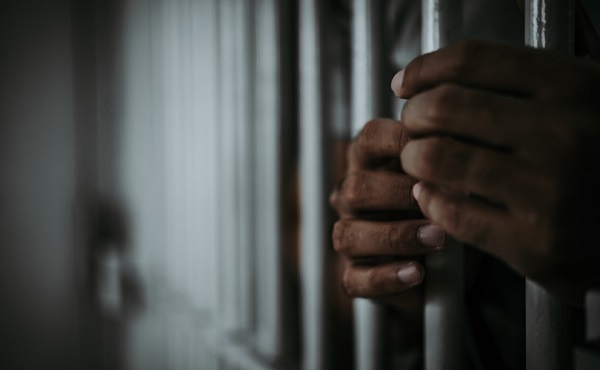
 International13 hours ago
International13 hours agoAustralian territory bans men from women’s prisons in national first
-
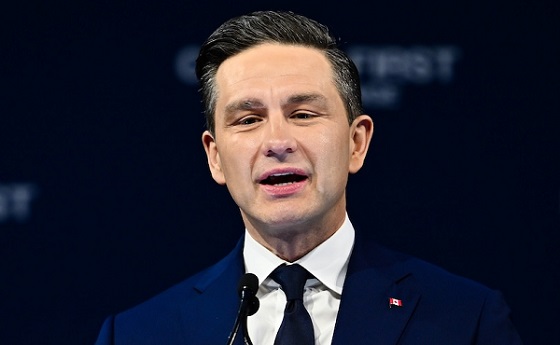
 National13 hours ago
National13 hours agoPoilievre accuses Canada’s top police force of ‘covering up’ alleged Trudeau crimes
-

 Daily Caller1 day ago
Daily Caller1 day agoTrump, Putin Agree On High-Stakes Meetings To Negotiate End To Ukraine War
-
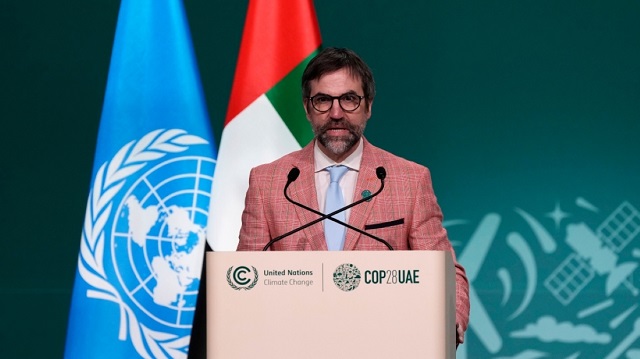
 Business1 day ago
Business1 day agoCanada has an energy edge, why won’t Ottawa use it?


